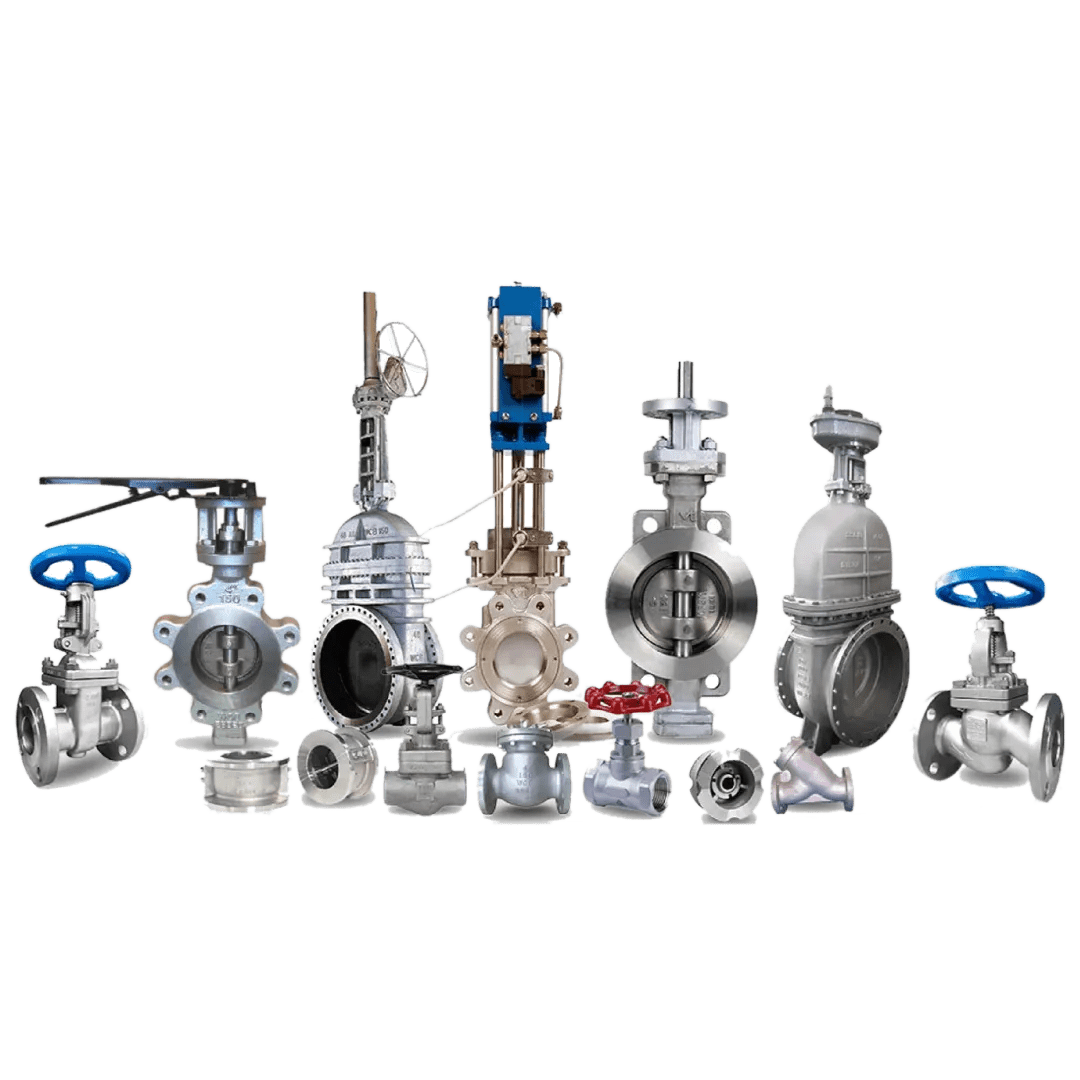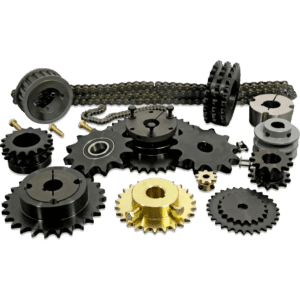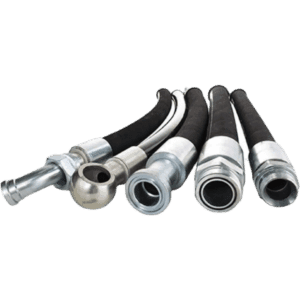Industrial valves control the flow of fluids, gases, or other materials within a system. These valves are crucial in applications like water treatment, chemical processing, oil and gas, HVAC systems, and power generation. There are various types of industrial valves, including ball valves, gate valves, globe valves, and butterfly valves, each designed for specific flow control needs. Ball valves are known for their fast and reliable shut-off capabilities, while gate valves provide a simple, linear motion for controlling the flow of large volumes of fluid. Regular maintenance includes checking for leaks, cleaning valve seats, and ensuring proper operation of the actuator or manual handwheel.
Key Features:
- Flow Control: Regulates the flow of liquids, gases, and slurries.
- Variety of Types: Includes ball, globe, gate, and butterfly valves.
- Durability: Made from materials like stainless steel, brass, or PVC for harsh conditions.
- Versatile: Suitable for high-pressure, high-temperature, and corrosive environments.
Types and Standards:
- Ball Valves: For quick shut-off and flow control.
- Gate Valves: For controlling large flows with minimal pressure drop.
- Globe Valves: For precise throttling and flow regulation.
- **ISO 9001: Industry standard for manufacturing valve reliability.
Brands Available:
Emerson, Honeywell, Velan, Swagelok, Pentair.
General Maintenance:
Inspect for leaks regularly, clean valve seats, and lubricate moving parts to prevent wear. Test actuator operation and recalibrate as needed to maintain optimal flow control.





